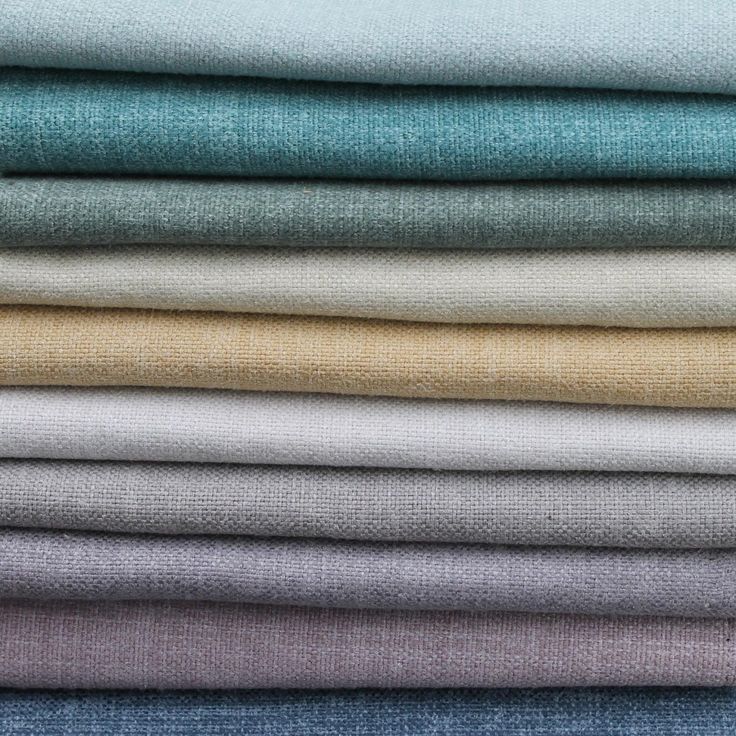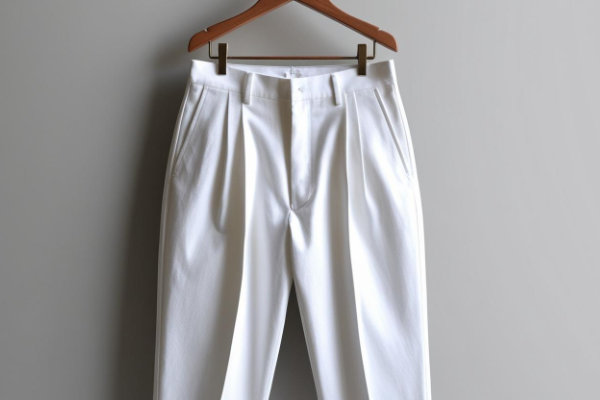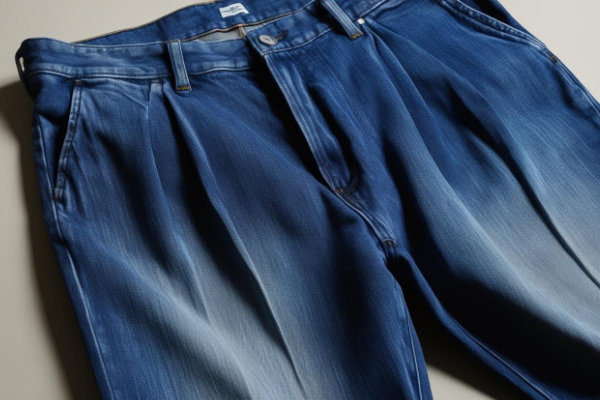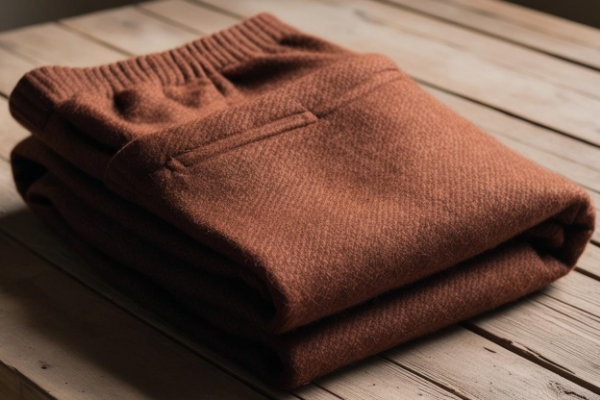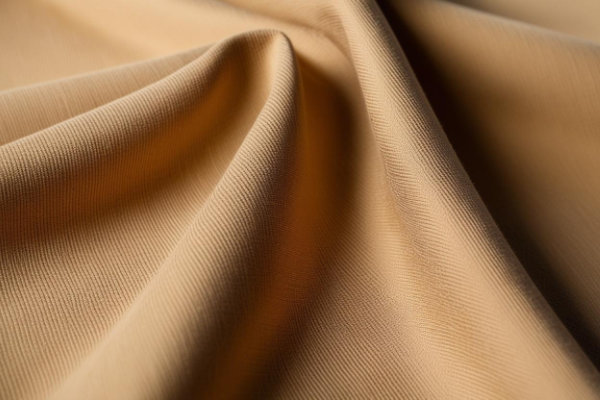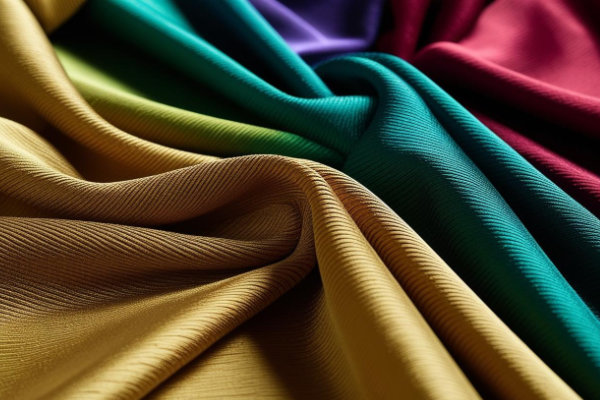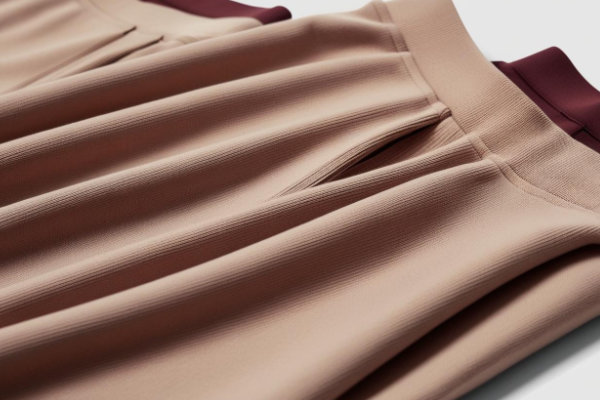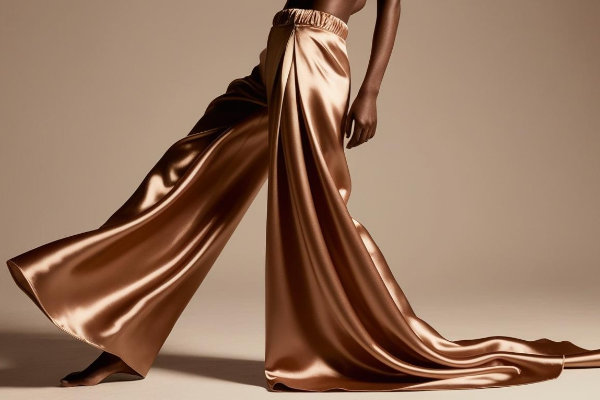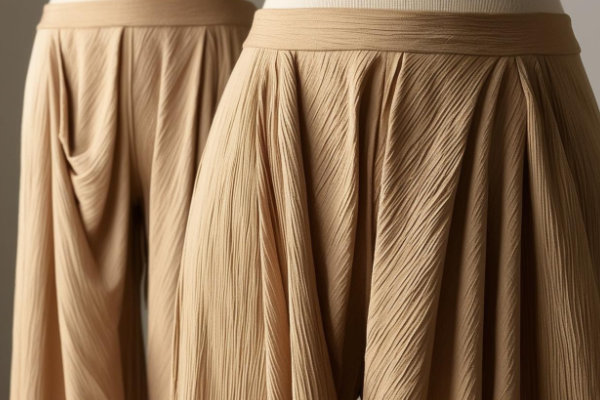Selecting the right fabric is essential for sewing pants. The fabric determines the comfort, fit, and overall style of the pants. Different pants styles require different fabric types to ensure durability, flexibility, and aesthetic appeal. Here are some of the best fabrics to sew pants along with recommendations for each type.

